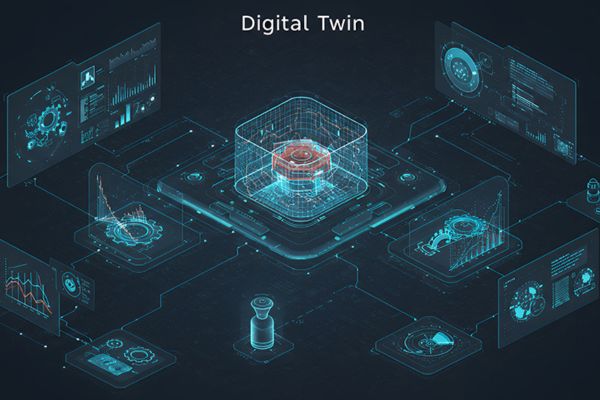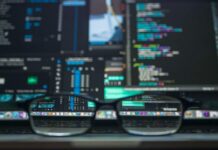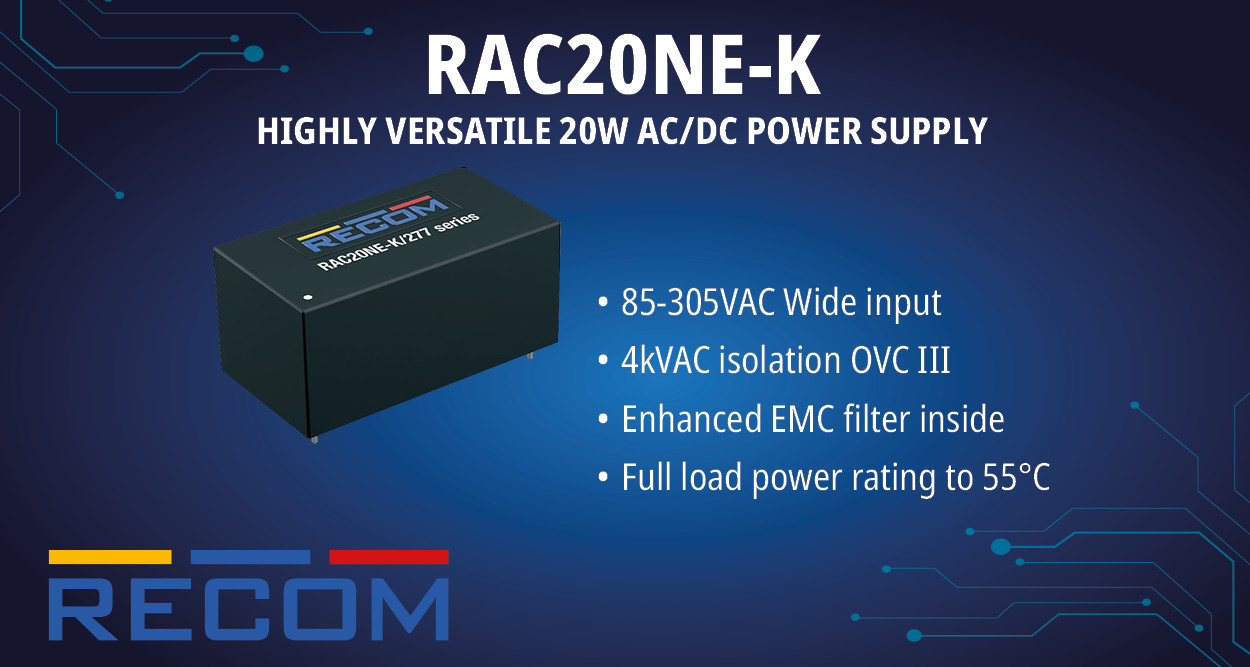Digital twins in IoT is a revolutionizing concept that allows for real-time monitoring, simulation, and optimization of physical systems using their virtual counterparts. Moreover, the role of IoT in digital twins is fundamental, as it provides data related to sensors, connectivity, and edge and cloud computing, in order to stay updated with the current state of the machines. Digital twins in IoT offer a diverse range of benefits by creating virtual models or systems of physical assets that are continuously updated with real-time data from sensors. They allow for real-time monitoring, predictive maintenance, faster product development, remote management, operational efficiency, and sustainability.
Significance of innovations of digital twins in IoT
Technological advancements are transforming the digital twin industry in the IoT sector, which leads to innovation of intelligent, efficient, and versatile systems. Also, integration of AI and ML with these systems offers advanced predictive analytics and real-time optimization. Moreover, cloud and edge computing in the field provide scalable and low-latency data processing. Rise in adoption of 5G networks has enhanced real-time synchronization between physical assets and their digital counterparts, especially in sectors such as smart cities and autonomous vehicles, where demand for digital twins is high. In addition, AR and VR technologies improve how users interact with digital twins by offering immersive experiences for designing, training, and maintenance. Also, digital twins are increasingly utilized to support sustainability initiatives, which helps organizations to monitor and reduce environmental impact.
Furthermore, in recent times, key companies operating in this domain, including BMW and NVIDIA are using real-time 3D simulation to optimize factory layouts. In addition, GE and Siemens utilize machine learning and edge computing to predict equipment failures and improve industrial efficiency. Thus, technologies such as AI, cloud and edge computing, 5G, and immersive interfaces have the ability to enhance the applications of digital twins in the IoT sector.
Digital twins revolutionizing applications in IoT end uses
The digital twins in IoT sector is transforming various industries by enabling real-time monitoring, predictive analytics, and enhanced operational efficiency. According to Allied Market Research, the sector is projected to rise at a CAGR of 39.48% from 2021 to 2030. Smart manufacturing micro factories utilize IoT sensors and digital twins to optimize workflows and automate production. Urban infrastructure management utilizes these technologies for traffic control and sustainable city planning. In the automotive sector, companies such as Tesla and BMW use digital twins for remote vehicle diagnostics and over-the-air updates. Smart buildings make use of AI-driven digital twins to adjust systems proactively for energy savings, while healthcare applications use patient digital twins with wearable IoT devices to enable personalized and continuous remote care. For instance, GE Digital collaborated with the New York Power Authority (NYPA) in 2025, to install digital twins that are integrated with IoT across its power generation and transmission facilities. This collaboration aims to enhance grid performance and environmental efficiency by combining real-time IoT monitoring with predictive analytics.
Telefónica and Siemens’ joint venture emphasizes integration of digital twins with IoT
In January 2025, Siemens and Telefónica announced their partnership at the VII National Industry Congress, which was held in Barcelona, Spain. The strategic collaboration aims to enhance industrial digitalization and automation in Spain, by integrating cutting-edge technologies such as AI, the Internet of Things (IoT), 5G, and digital twins with industrial operation. Both companies are focusing on projects that include digital solutions and advanced connectivity, thus using AI and digital twins to improve operations and boost system efficiency.
Both companies will share equal responsibilities for the digital transformation of the industries in Spain. Siemens is expected to provide its industrial automation expertise to smoothen the digital transformation whereas Telefónica will offer its cutting-edge network infrastructure. Furthermore, this initiative and strategic alliance includes establishment of innovation hubs and learning experience centers in Barcelona, Madrid, and Ferrol.
This strategic partnership offers manufacturers to improve operational efficiency and reduce energy consumption and downtime. This initiative is expected to highlight the power of digital twins with IoT and next-gen connectivity in transforming traditional industries.
In summary
Digital twins in IoT is expected to be transformative during the forecast period, owing to rise in advancements in connectivity, AI, and real-time data processing. Innovations in 5G, AI and ML, and edge computing of digital twins are predicted to enable real-time decision-making with shorter delay, allowing for self-healing machines, automated process control, and adaptive city planning. In manufacturing, they reduce downtime and improve efficiency. In the healthcare sector, they support personalization of treatment and remote monitoring. In the automotive industry, they have the ability to enhance vehicle performance and autonomous driving. Moreover, energy, aerospace, and defense sectors are also expected to benefit from improvement in asset management and simulation systems. Thus, digital twins powered by IoT are anticipated to offer cost savings, innovation, and productivity, which promotes them as a key part of digital transformation across sectors.
Author’s Bio: Ketki Dongare, with a background in Engineering, is filled with a passion for writing. Writing comes to her, the same way acting comes to actors. It’s natural to her to work up with words. She delves on turning complex ideas into clear, practical insights. Covering topics like leadership, innovation, and market strategy, she writes to inform decision-makers and inspire action.

𝑨𝒓𝒕𝒊𝒄𝒍𝒆 𝒘𝒓𝒊𝒕𝒆𝒓: Ketki Dongare

















